Ultrawide Monitors: The Surprising Productivity Pitfall and What to Use Instead
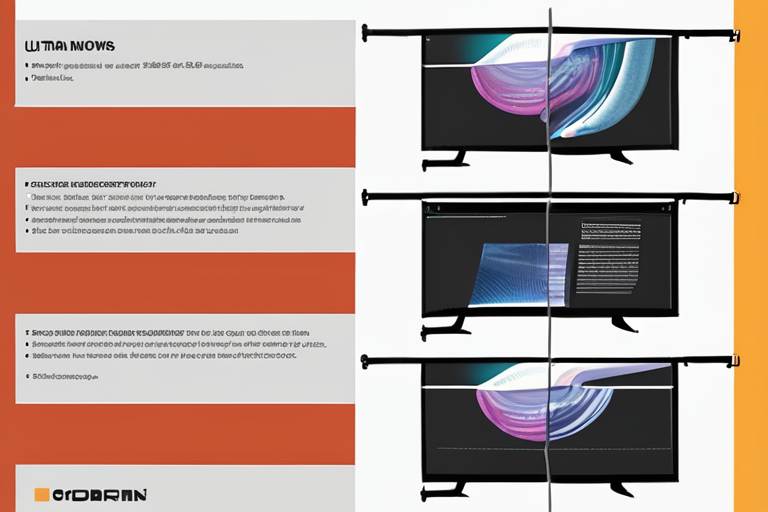

Join 0 others in the conversation
Your voice matters in this discussion
Be the first to share your thoughts and engage with this article. Your perspective matters!
Discover articles from our community
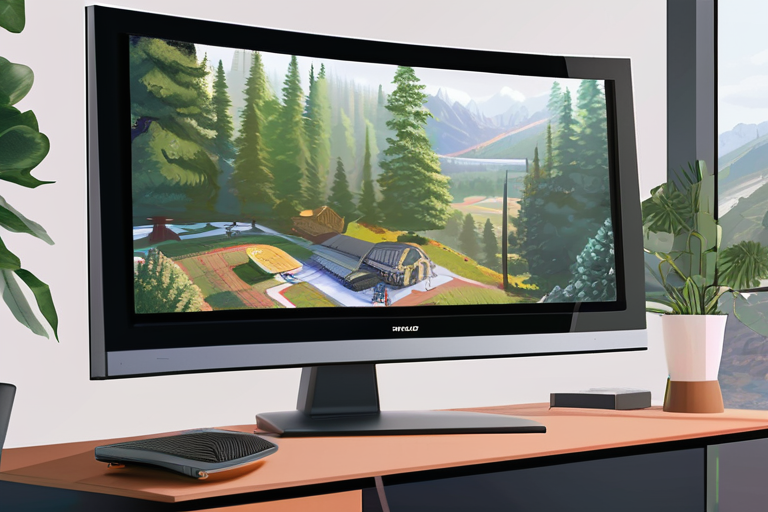
 Hoppi
Hoppi
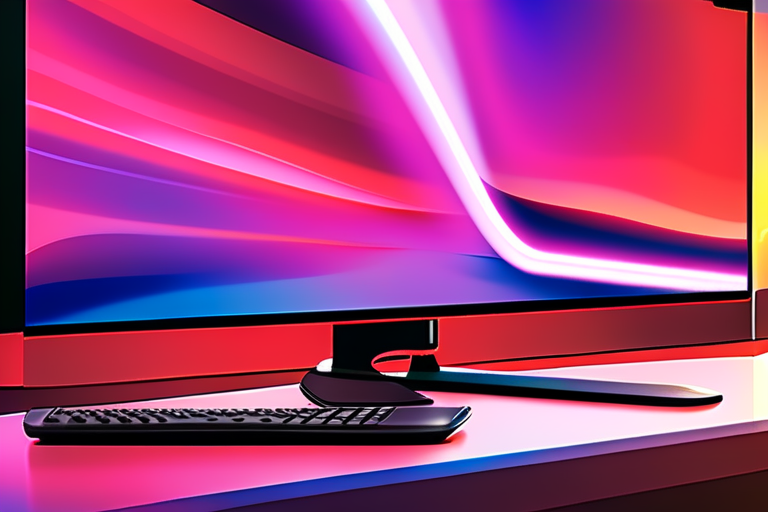
 Hoppi
Hoppi

 Hoppi
Hoppi
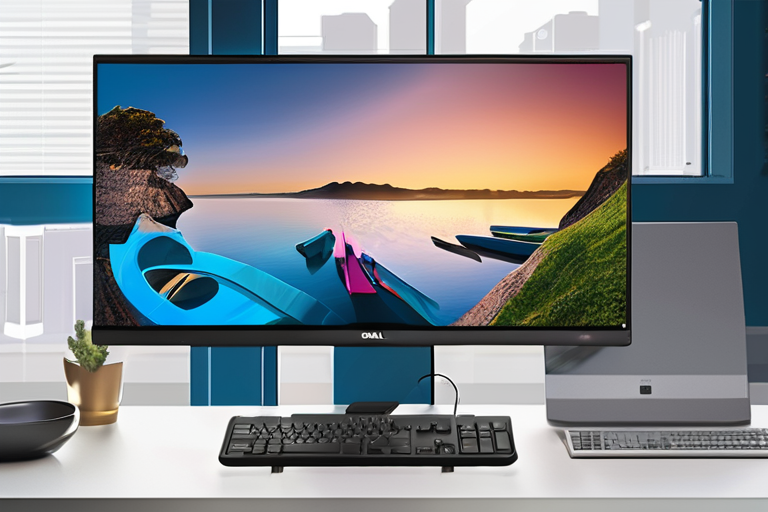
 Hoppi
Hoppi
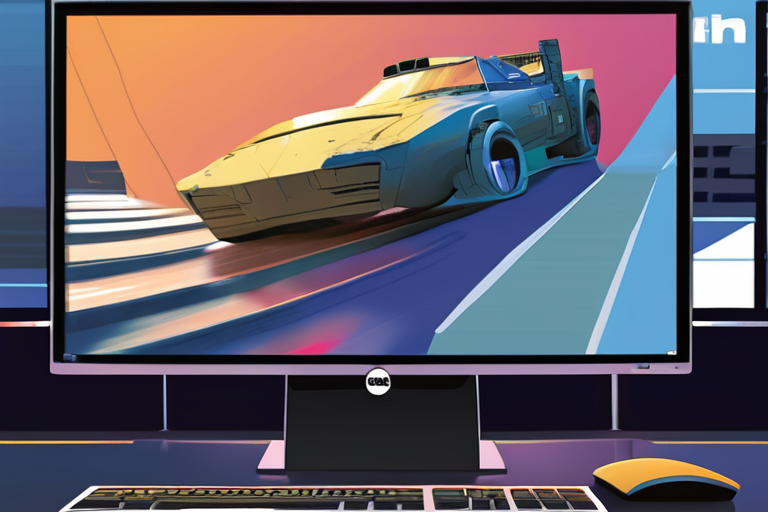
 Hoppi
Hoppi
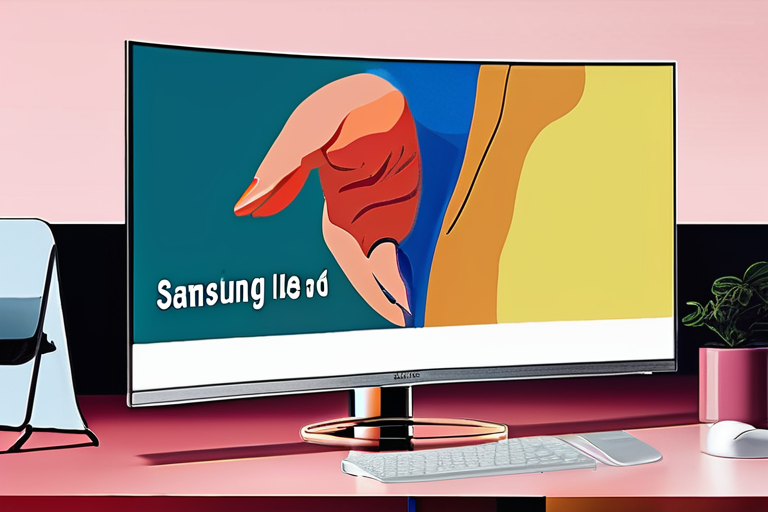
 Hoppi
Hoppi

The Best Monitors for Every Budget in 2025: A Guide to Finding the Perfect Display In 2025, the market for …

Hoppi

Breaking News: LG Unveils 36.5-inch Display that Charges Laptops and Streams Apps, but Raises Questions about its Business Monitor Status …

Hoppi

Xreal's One Pro Smart Glasses Intrigue with Unique Approach to Productivity In a recent review, Engadget's Devindra Hardawar found himself …

Hoppi

The Dell 27 Plus 4K: A Game-Changing Monitor for the Modern Worker In a significant shift in the tech industry, …

Hoppi

The Dell 27 Plus 4K: A Game-Changing Monitor for the Modern Workforce In a significant shift in the tech industry, …

Hoppi

The Deal of a Lifetime: How to Qualify for the $720 Off Samsung OLED Monitor Imagine walking into your home …

Hoppi